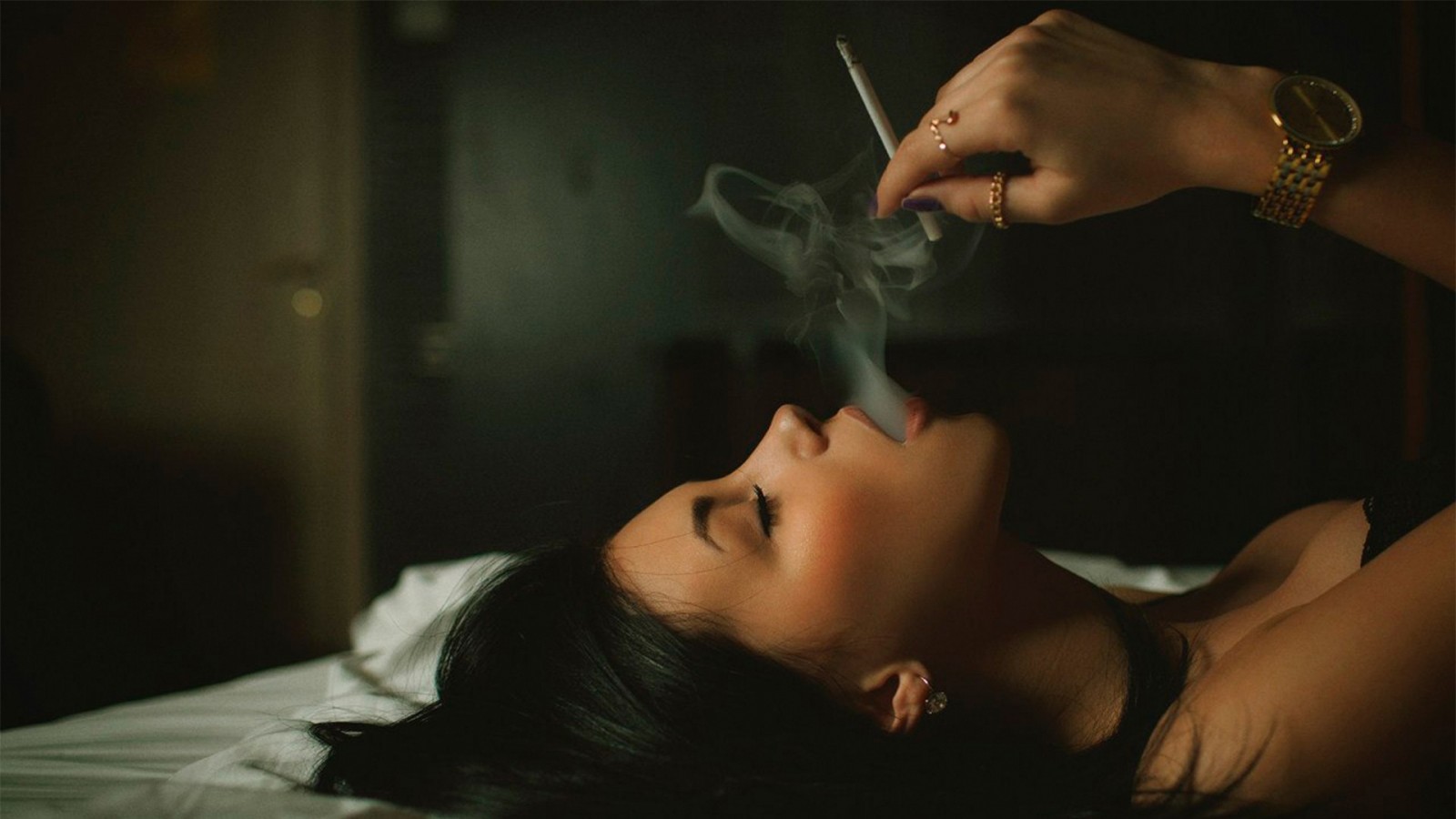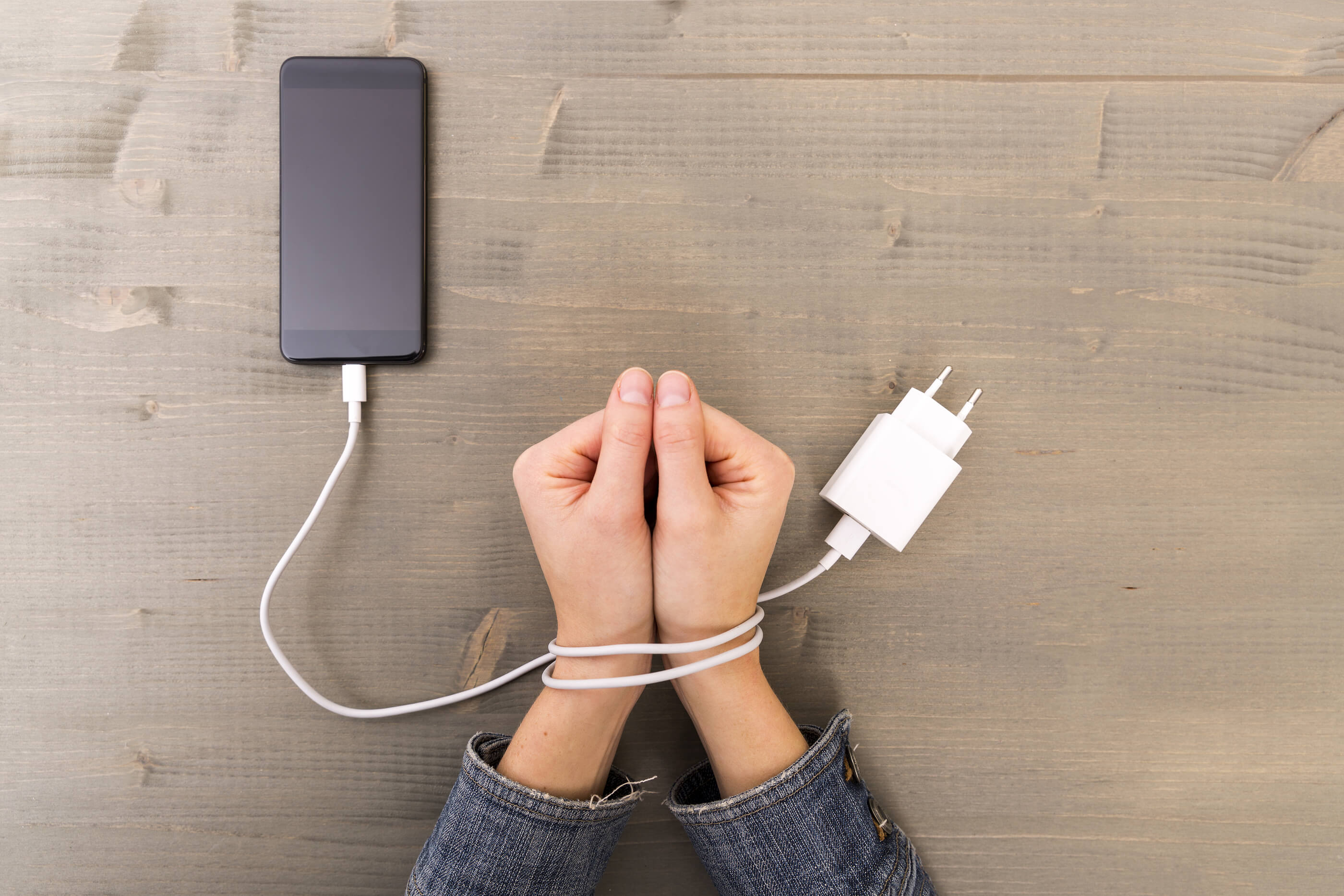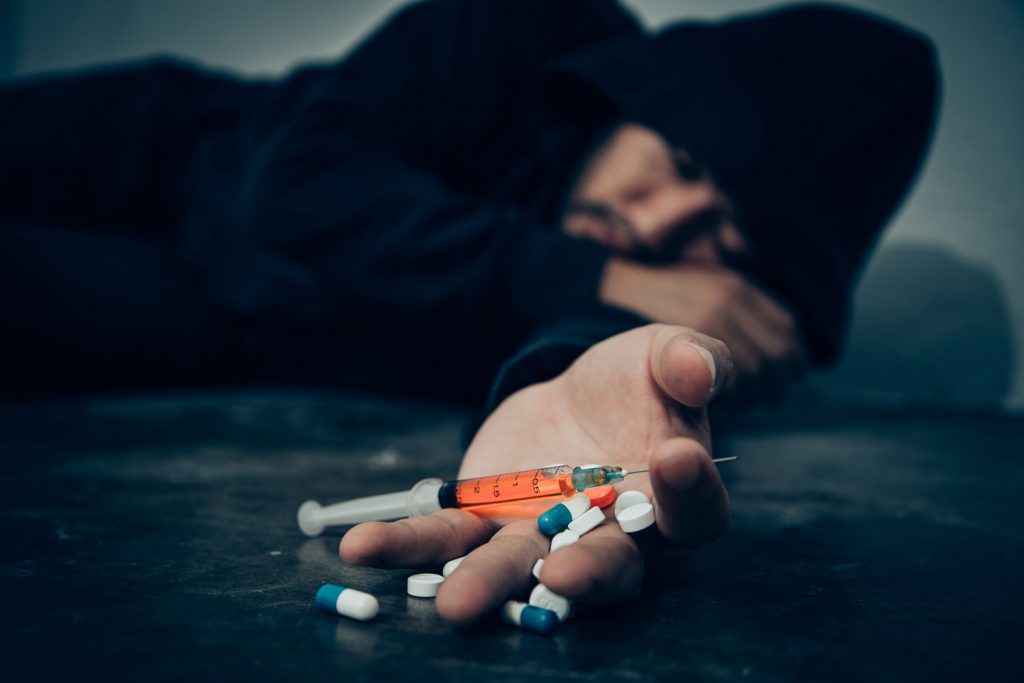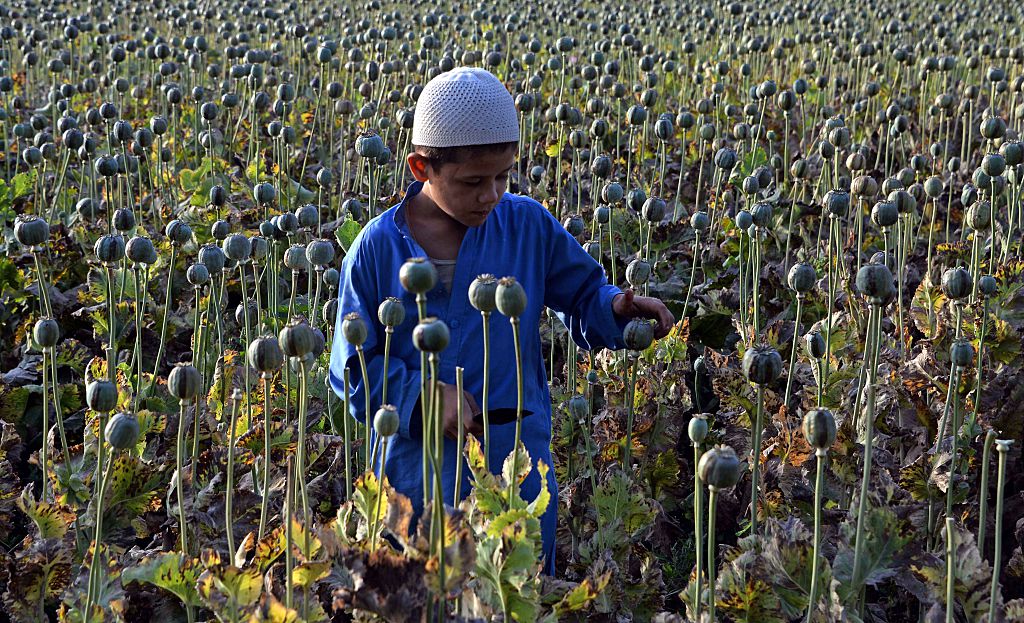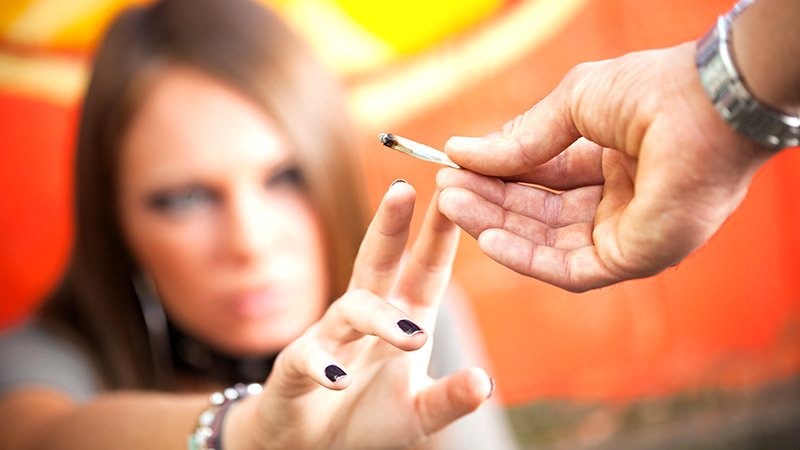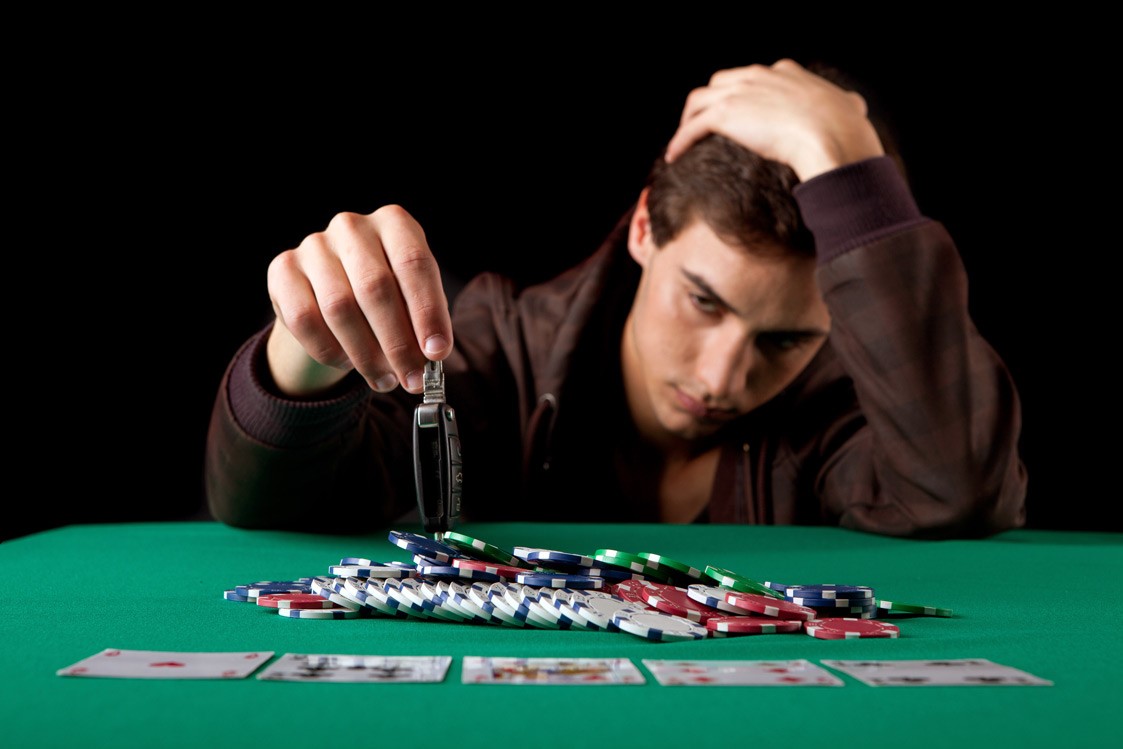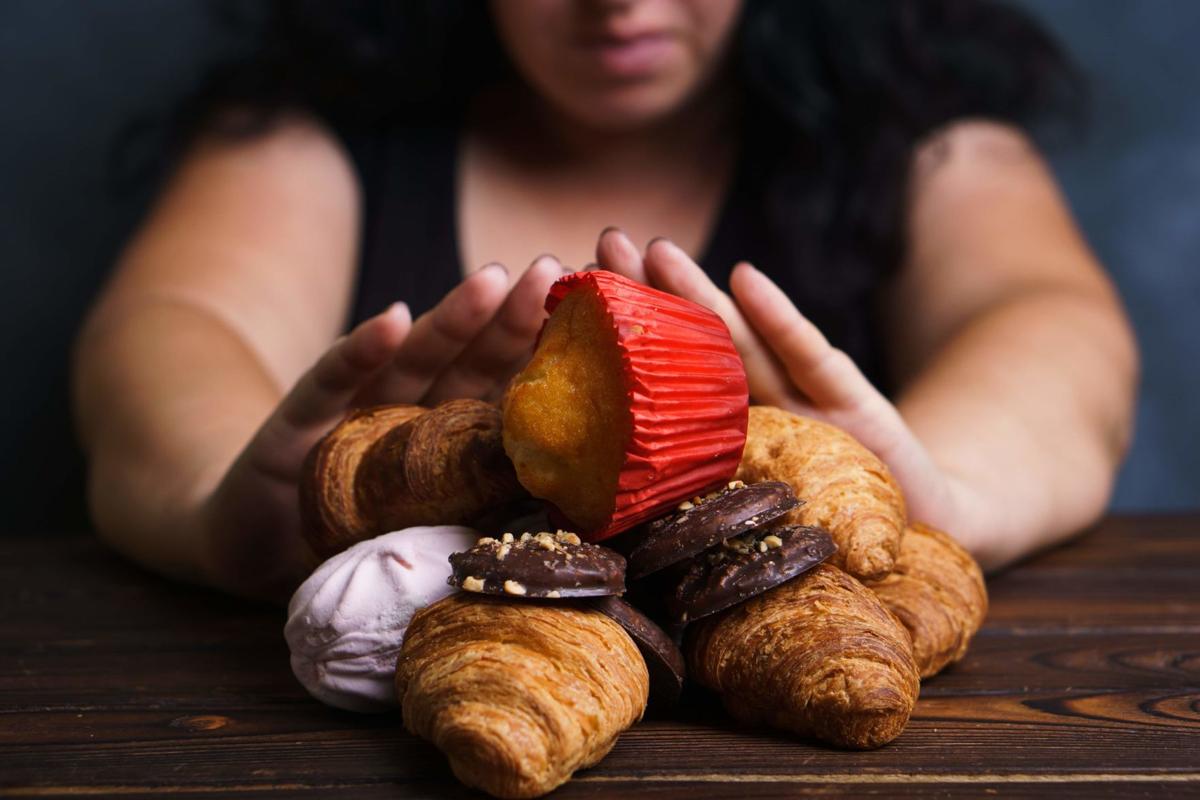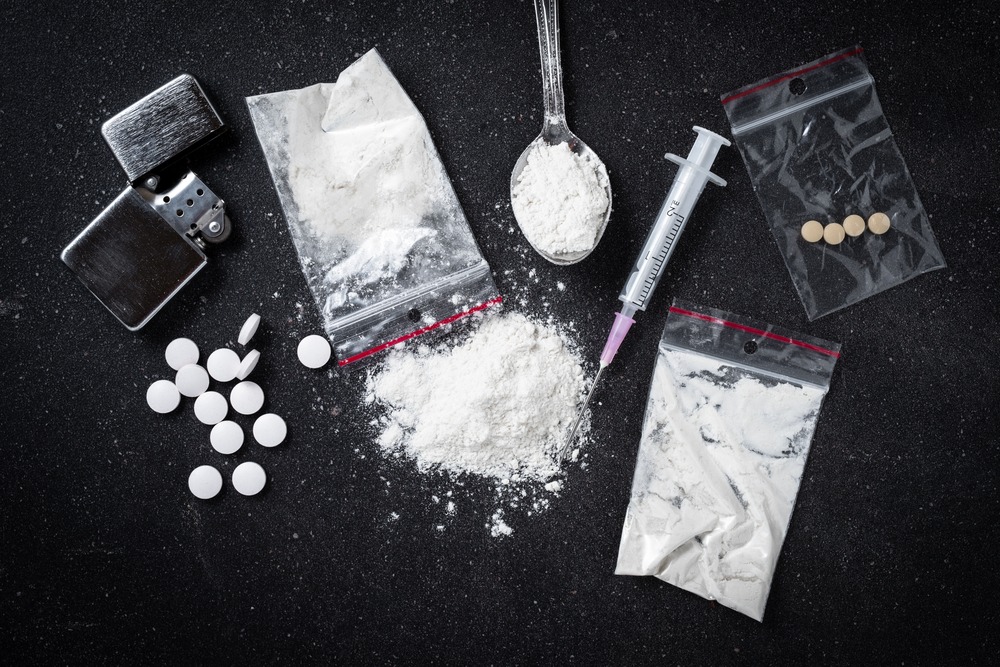
A Comprehensive Guide to the Various Types of Drugs
Drugs come in a vast array of forms, purposes, and potencies. Some are prescribed for legitimate medical reasons, others are used recreationally, and many are misused with dangerous consequences. Regardless of whether they’re legally available or illegally sold, all drugs share one common trait—they have the power to significantly alter how the body and mind function.
Understanding the wide world of drugs isn't just about listing names or effects—it's about grasping how they interact with the brain, how they shape behavior, and how they ripple out to affect families, communities, and societies at large. Each substance carries its own set of characteristics, methods of use, side effects, and risks, and becoming aware of these distinctions can be life-saving knowledge.
This article explores the major categories of drugs in detail—whether used medicinally or abused recreationally—and provides insight into their physical, emotional, and psychological effects. By recognizing the different types, their uses, and the dangers they pose, we can make more informed decisions and potentially help others struggling with substance issues.
Main Drug Classifications Based on Their Effects on the Body
Although drugs can be grouped by various criteria—such as their source (natural vs. synthetic), legality, or therapeutic use—the most common method of classification is by how they affect the central nervous system (CNS). This approach helps to categorize drugs not just by their names, but by their functional impact on the body and brain.
Here are the primary categories of drugs, classified by how they influence neural activity:
-
Stimulants – These drugs elevate alertness, heart rate, and energy levels by accelerating activity in the CNS.
-
Depressants – In contrast, these substances slow down brain functions and induce calm, drowsiness, or sedation.
-
Hallucinogens – Known for distorting perception and altering reality, these drugs affect thoughts, sensations, and emotions.
-
Inhalants – A diverse group of volatile substances that are inhaled for their psychoactive effects.
-
Opioids (Narcotics) – Powerful analgesics that relieve pain while producing a strong sense of euphoria; highly addictive.
-
Cannabis – A unique plant-based drug with both stimulant and depressant qualities, along with mild hallucinogenic effects.
-
New Psychoactive Substances (NPS) – Lab-created drugs designed to imitate traditional illicit drugs while evading legal controls.
Each of these categories plays a vastly different role in both medical use and substance abuse. In the following sections, we’ll take a closer look at the properties, uses, risks, and examples of each type.
Energizing the Mind: The Role of Stimulants
Stimulants are a group of drugs that excite the central nervous system, leading to increased energy, heightened focus, and a surge of confidence or euphoria. They're often used medically to treat conditions such as ADHD or narcolepsy, but are also frequently misused for their performance-enhancing or recreational effects.
These substances can create a powerful sense of alertness and control, but when abused or taken in large doses, they can overstimulate the body and mind to dangerous levels.
Well-Known Stimulant Examples:
-
Caffeine – Found in everyday beverages like coffee and soda; widely consumed and mildly addictive.
-
Nicotine – Present in tobacco products; stimulates the CNS while delivering a brief calming effect.
-
Amphetamines – Prescribed under names like Adderall and Dexedrine; used to increase attention and decrease impulsiveness.
-
Methamphetamine – A potent illegal drug known for its long-lasting high and severe health consequences.
-
Cocaine – A powerful stimulant extracted from coca plants, known for intense short bursts of euphoria.
Physical and Mental Effects:
-
Increased energy and wakefulness
-
Elevated heart rate and blood pressure
-
Enhanced focus and productivity
-
Suppressed appetite
-
Feelings of euphoria or invincibility
Associated Dangers:
Though they can provide short-term boosts in performance or mood, stimulants carry serious health risks. Regular misuse can lead to anxiety, paranoia, aggression, insomnia, and heart complications. With continued use, dependence develops quickly, and withdrawal symptoms may include fatigue, depression, and an overwhelming urge to use again.
Bringing the System Down: What Depressants Do
Depressants, sometimes called sedatives or tranquilizers, have the opposite effect of stimulants—they work by slowing down brain activity. Often prescribed to manage anxiety, insomnia, or seizures, these drugs create feelings of relaxation and relief. However, when taken in excess or without medical oversight, they can be dangerously sedating.
This class of drugs is especially risky because it dulls critical functions like breathing and heart rate, and mixing them with alcohol or other substances can drastically increase the chance of overdose.
Common Depressant Drugs:
-
Alcohol – A socially accepted depressant with a high rate of misuse and addiction.
-
Benzodiazepines – Includes medications like Valium, Ativan, and Xanax, typically used to treat anxiety or panic attacks.
-
Barbiturates – An older class of tranquilizers, now less commonly prescribed but still misused recreationally.
-
GHB (Gamma-hydroxybutyrate) – Often misused at parties or clubs; known for its potent sedative effects and association with drug-facilitated crimes.
Effects on the Body and Mind:
-
Calming of the nervous system
-
Relief from anxiety and tension
-
Sleepiness or drowsiness
-
Muscle relaxation
-
Impaired judgment and coordination
Dangers and Health Concerns:
Depressants can be addictive, particularly when used daily or in high doses. Long-term users develop tolerance quickly and require more of the drug to achieve the same calming effect. Abruptly stopping depressant use can trigger dangerous withdrawal symptoms like seizures, tremors, and in some cases, death. Medical detox is often required for people dependent on substances like alcohol or benzodiazepines.
Distorted Realities: Hallucinogens and Their Effects
Hallucinogens are substances that deeply alter a person’s sense of perception, mood, and consciousness. Instead of stimulating or slowing down brain function in a simple way, these drugs interfere with the way the brain processes information—often resulting in vivid visual or auditory hallucinations, altered sense of time, and dramatic emotional shifts.
Historically, some hallucinogens were used in religious or spiritual ceremonies. In modern times, they are often used recreationally, though not without serious risks. The experience—often called a "trip"—can vary greatly from person to person and even from one use to the next.
Notable Hallucinogens:
-
LSD (Lysergic Acid Diethylamide): A powerful synthetic drug that induces long-lasting hallucinations and altered thinking patterns.
-
Psilocybin (Magic Mushrooms): A naturally occurring hallucinogen found in certain types of fungi.
-
Mescaline: Derived from the peyote cactus, used traditionally by Indigenous cultures.
-
DMT: Found in certain plants and used in the Amazonian brew Ayahuasca; known for its intense and brief hallucinations.
-
Ketamine: A dissociative anesthetic sometimes used medically but also misused for its hallucinogenic and numbing effects.
Typical Effects:
-
Visual and auditory hallucinations
-
Altered perception of time and space
-
Intensified emotions or mood swings
-
Feeling detached from reality or oneself
-
Distorted body image and sensory input
Health Risks:
While some users seek profound or spiritual experiences, the risks of hallucinogens are significant. “Bad trips” can involve terrifying hallucinations, paranoia, panic, or violent behavior. Long-term effects may include flashbacks, persistent psychosis, or Hallucinogen Persisting Perception Disorder (HPPD). For people with underlying mental health conditions, these substances can trigger or worsen psychiatric disorders.
Household Dangers: A Look at Inhalants
Inhalants refer to a broad range of chemical vapors that people inhale intentionally to get high. What makes inhalants especially alarming is their accessibility—many are everyday products found in homes, garages, or workplaces, such as paint thinners, glue, aerosol sprays, or cleaning fluids.
These substances are not designed for human consumption, and inhaling them can cause immediate and long-term harm. Most inhalants produce mind-altering effects similar to alcohol intoxication but act very quickly and fade fast—leading users to inhale repeatedly in short sessions.
Common Inhalant Substances:
-
Nitrous Oxide (Laughing Gas): Found in whipped cream dispensers and dental anesthetics.
-
Butane & Propane: Found in lighter fluids and aerosol sprays.
-
Toluene & Xylene: Found in glue, paint thinners, and markers.
-
Amyl Nitrite (“Poppers”): Often sold in small bottles and inhaled for a short, intense rush.
Immediate Effects:
-
Lightheadedness or dizziness
-
Euphoria or floating sensation
-
Slurred speech and lack of coordination
-
Hallucinations and delusions
-
Sudden headaches or nausea
Serious Dangers:
Even a single use of inhalants can be fatal—sudden sniffing death syndrome can occur from cardiac arrest. Prolonged use can cause liver and kidney damage, hearing loss, brain damage due to oxygen deprivation, and destruction of bone marrow. These risks are especially grave among teenagers, who are statistically the most likely to misuse inhalants due to their availability.
Powerful Relief With a Price: Opioids (Narcotics)
Opioids are a class of drugs primarily used to relieve severe or chronic pain. They work by binding to opioid receptors in the brain and spinal cord, significantly reducing the perception of pain while often producing a strong sense of euphoria and deep relaxation.
While they are among the most effective painkillers in modern medicine, opioids are also the most dangerously addictive. The recent global opioid crisis has highlighted how prescription misuse, over-prescription, and illegal street opioids have led to staggering levels of overdose and death.
Examples of Opioids:
-
Morphine: A potent pain reliever used post-surgery or for cancer patients.
-
Codeine: Often used in cough medicines and mild pain relievers.
-
Oxycodone & Hydrocodone: Found in prescriptions like OxyContin and Vicodin; widely abused.
-
Fentanyl: An extremely powerful synthetic opioid—50–100 times stronger than morphine.
-
Heroin: An illegal, highly addictive opioid with no accepted medical use.
Effects:
-
Profound pain relief
-
Intense euphoria
-
Drowsiness or sedation
-
Slowed breathing and heart rate
-
Constricted pupils
Dangers and Dependency:
Tolerance to opioids builds quickly, prompting users to take higher doses to achieve the same effect. This dramatically increases the risk of overdose, especially when mixed with alcohol or other depressants. Withdrawal symptoms can be excruciating, including nausea, tremors, muscle pain, and severe cravings. Long-term addiction often requires medication-assisted therapy, counseling, and ongoing support.
The Unique Category of Cannabis
Cannabis, often called marijuana, sits in a category of its own due to its complex set of effects. It can act as a depressant, stimulant, and hallucinogen all at once—depending on the strain, dosage, and individual user.
Extracted from the Cannabis sativa or Cannabis indica plant, this drug contains a range of compounds, most notably THC (tetrahydrocannabinol), the psychoactive component responsible for the "high." Another compound, CBD (cannabidiol), is non-psychoactive and often used for medical purposes without the euphoric effects.
Cannabis use is widespread, and its legal status varies greatly across the world—from total prohibition to full recreational and medical legalization.
Methods of Use:
-
Smoking – The most traditional and common method.
-
Vaping – Heating cannabis oil or plant material to release active compounds.
-
Edibles – Infused into foods and drinks for delayed but prolonged effects.
-
Oils & Tinctures – Used sublingually for therapeutic use.
-
Topicals – Applied to the skin for localized relief of pain or inflammation.
Common Effects:
-
Relaxation or calmness
-
Heightened sensory perception
-
Altered sense of time
-
Increased appetite (“the munchies”)
-
Impaired short-term memory or concentration
Health Considerations:
While some studies suggest potential therapeutic benefits of cannabis—especially in managing pain, anxiety, or epilepsy—there are also risks. Regular use can lead to cognitive impairment, respiratory issues (from smoking), decreased motivation, and in some cases, dependence. In adolescents, heavy cannabis use is linked to developmental and mental health problems, including anxiety and psychosis.
Synthetic Substitutes: Understanding New Psychoactive Substances (NPS)
New Psychoactive Substances, often abbreviated as NPS, are lab-made chemicals designed to replicate the effects of traditional illicit drugs. These substances have surged in popularity over recent years, especially among users looking to bypass drug laws. Also known as "designer drugs" or "legal highs," they are created specifically to mimic the high of substances like cannabis, ecstasy, cocaine, or LSD—often while staying one step ahead of law enforcement.
Because these substances are frequently modified in chemical structure to remain technically legal, they are rarely tested for safety. This means users often don’t know what they’re consuming or how powerful—or dangerous—it may be.
Common Types of NPS:
-
Synthetic Cannabinoids – Marketed under names like “Spice” or “K2,” these chemicals bind to the same receptors as THC but can be up to 100 times more potent.
-
Synthetic Cathinones – Often referred to as “bath salts,” these drugs have effects similar to amphetamines or MDMA but with significantly more unpredictable results.
-
Novel Benzodiazepines – Chemically similar to anti-anxiety meds like Valium or Xanax, but often much stronger and riskier.
-
Psychedelic Research Chemicals – Such as 25i-NBOMe, mimicking LSD or mescaline but far more volatile and less studied.
-
Synthetic Opioids – Includes substances like U-47700 and carfentanil, which are extremely potent and highly lethal, even in micrograms.
Key Effects and Risks:
-
Rapid onset of hallucinations or euphoria
-
Extreme agitation or aggression
-
Unpredictable mood swings or psychosis
-
Seizures, heart attacks, or respiratory failure
-
High risk of overdose, especially with synthetic opioids
The Core Danger:
Because NPS are often sold as “safe” or “legal” alternatives, they are particularly deceptive. Labels frequently claim contents like “not for human consumption,” “herbal incense,” or “plant food” to avoid regulation. In truth, these substances are frequently more dangerous than the drugs they attempt to imitate. Due to the ever-changing formulations, medical professionals often struggle to diagnose or treat overdoses caused by NPS. Long-term effects remain largely unknown, adding another layer of risk for users.
A Closer Look at Drug Use and Addiction
Understanding the range of drug types is only part of the bigger picture. What truly drives the impact of these substances on individuals and society is the development of addiction—a chronic, often relapsing disorder characterized by compulsive drug seeking, continued use despite harmful consequences, and long-lasting changes in the brain.
Addiction doesn’t discriminate. It can affect people of any age, background, or income level. It often begins with voluntary use, but over time, as the drug floods the brain’s reward system with dopamine, that initial choice transforms into a need. The brain adapts by reducing its natural production of dopamine, leading the individual to crave more of the substance just to feel “normal.”
Key Features of Addiction:
-
Compulsive Use – The inability to stop using despite harmful effects.
-
Tolerance – Needing increasing amounts to achieve the same high.
-
Withdrawal – Experiencing physical or emotional symptoms when not using.
-
Loss of Control – Feeling powerless over the urge to use, even in dangerous situations.
Long-Term Consequences:
Addiction is not just a physical condition—it hijacks judgment, relationships, careers, and identity. People struggling with addiction often face isolation, legal issues, job loss, or deteriorating health. Substance use also increases the risk of mental health disorders such as depression, anxiety, PTSD, and suicidal thoughts.
Hope Through Treatment:
Despite the heavy toll, recovery is possible. Treatment approaches vary depending on the type of drug, the severity of addiction, and the individual's needs. Options include:
-
Behavioral Therapies – Like cognitive-behavioral therapy (CBT) and motivational interviewing.
-
Medication-Assisted Treatment (MAT) – Especially effective for opioid and alcohol use disorders.
-
Inpatient or Outpatient Rehab Programs – Providing structure and support.
-
Peer Support Groups – Such as Narcotics Anonymous or SMART Recovery.
Access to proper treatment, education, and community resources can help individuals regain control and begin the path toward healing. Addressing addiction requires compassion, not judgment, and a commitment from both individuals and society to support those in need.

